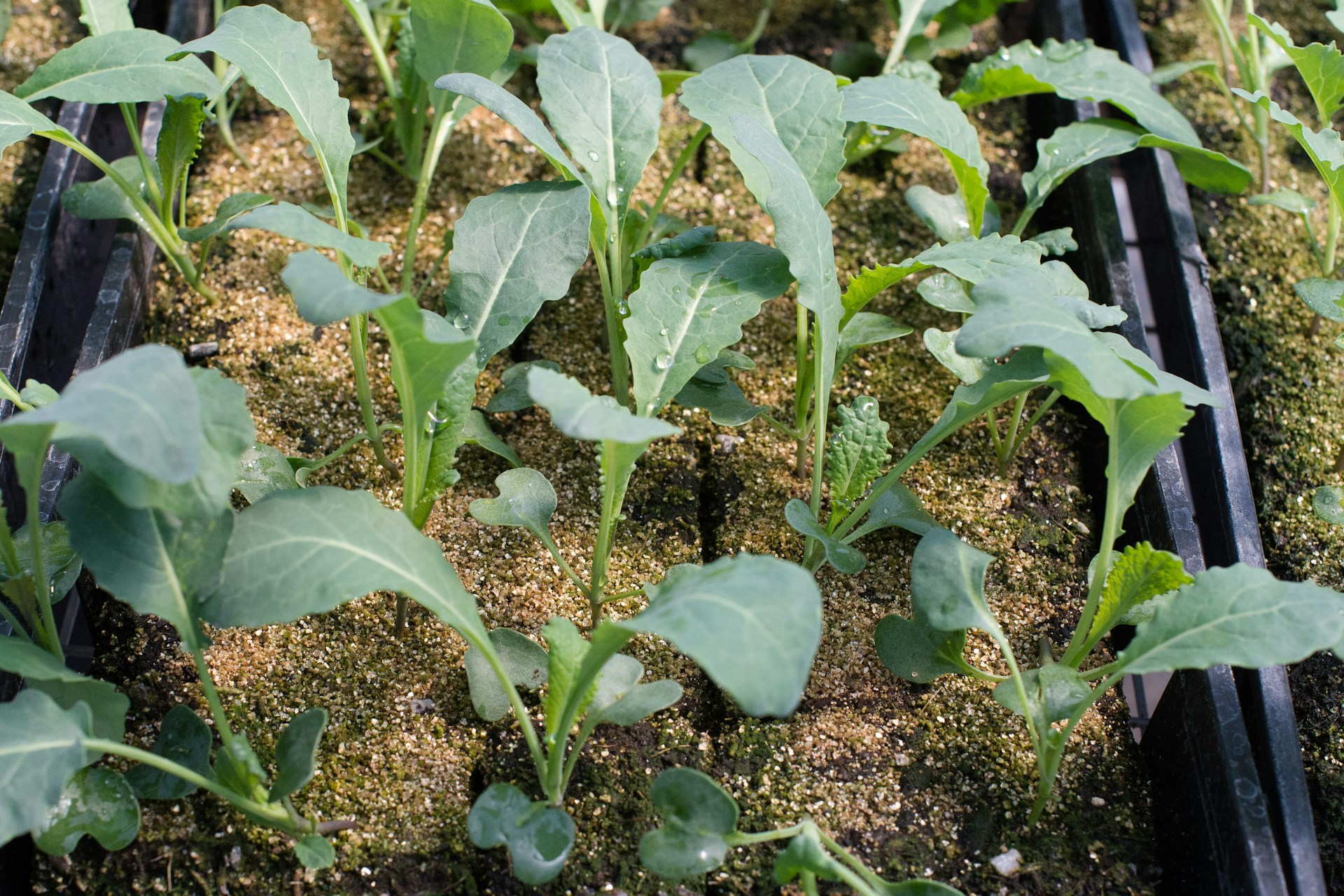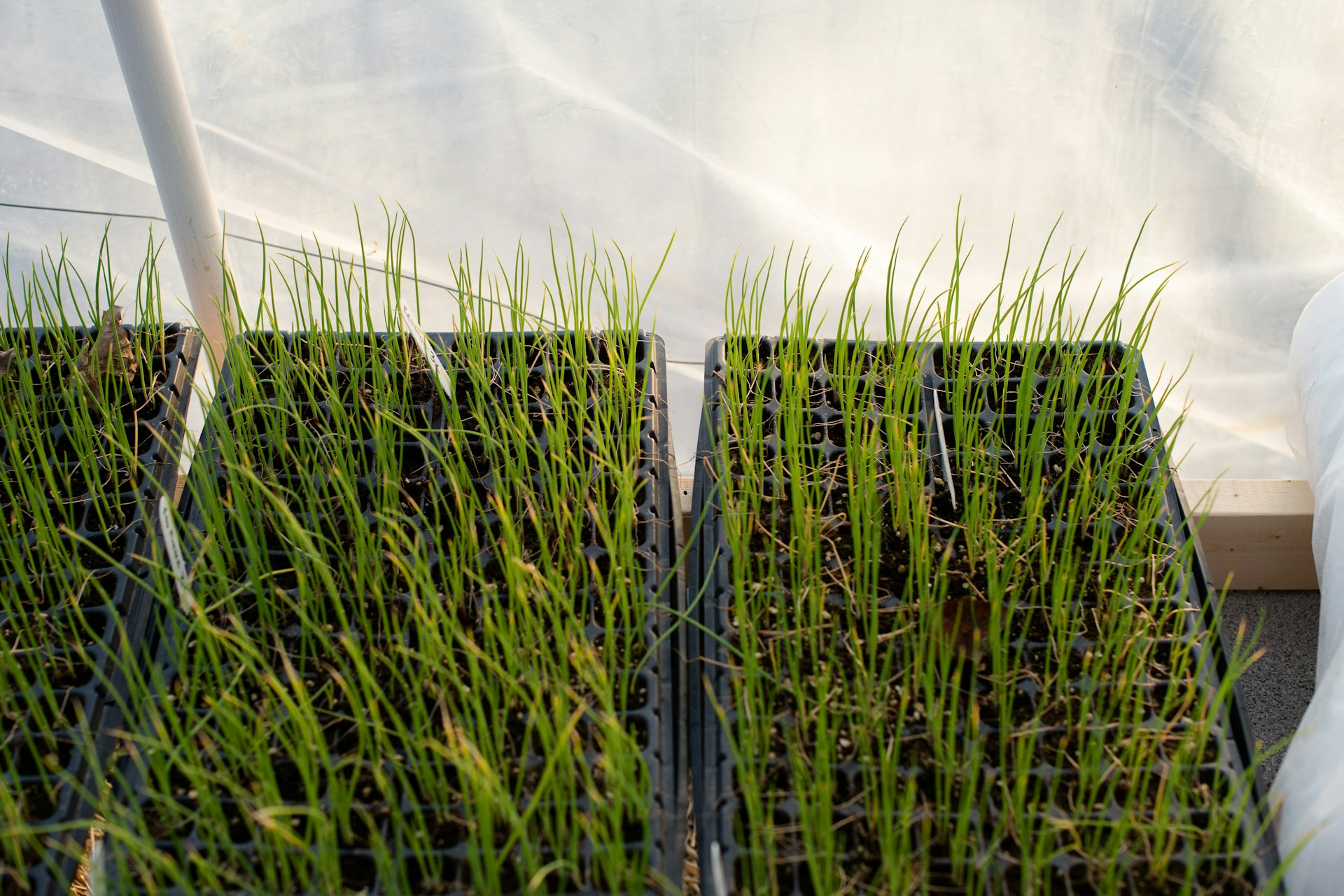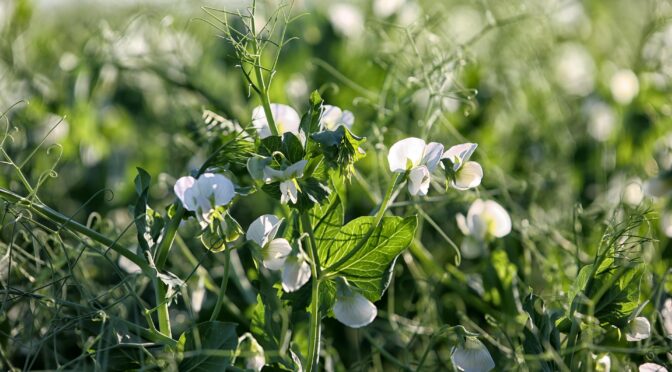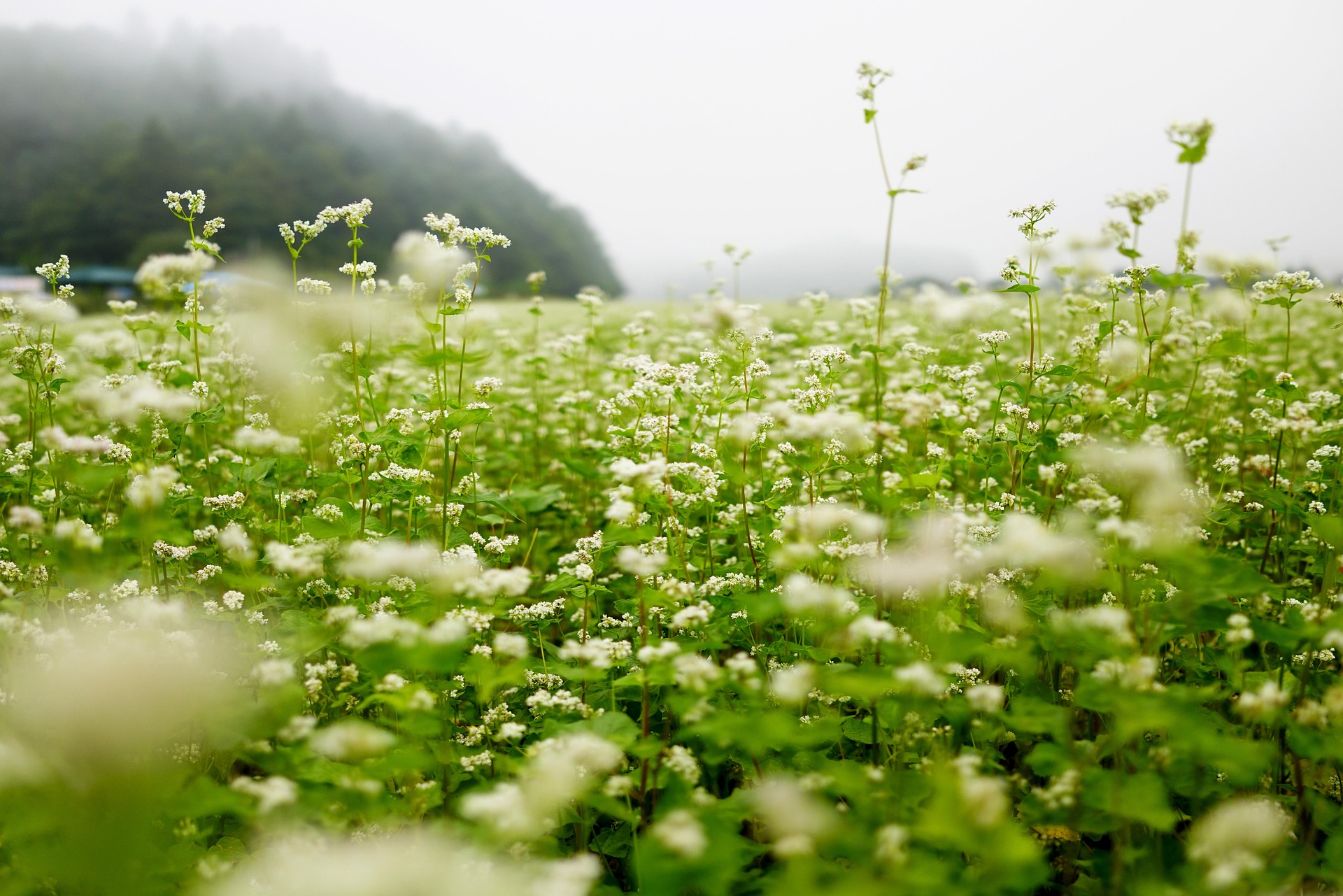Perennial crops come with many benefits. For starters, you only need to plant these crops once, then enjoy the benefits for years to come. They also are among the earliest crops that you’ll harvest each spring. Their well-developed root system gives them a head start as the weather warms. Last, those roots may also make them particularly resilient to erosion, drought, and extreme weather. Unfortunately, many perennials can be pricey. That’s why we’ve put together a list of perennials you can easily start from seeds and bulbs.

What is a Perennial Crop?
Perennial crops or perennials are those that grow year after year. They include large, woody crops like peach trees and small herbaceous plants, like strawberries or thyme. Some die back in the fall and return each spring, while others are present year-round.
Perennials differ from annuals, which must be planted each year, and biennials which have a two-year life cycle.
However, many crops are perennial in their native area. For example, Thai Red Roselle is a frost-tender perennial. It will survive for many years in areas that don’t receive frost, usually zone 9 and warmer.
There are also perennials that require a cold period to grow well and set blooms. The cold period during winter signals them it’s time to grow and produce another year. These include some hardy ornamentals like hostas and peonies.
For this article, we’re going to focus on perennials that you can start from seeds or bulbs. Unlike trees and shrubs, perennials started from seed are affordable.
Perennial Crops
There are a surprising number of perennials you can grow from seed. Below, you will find them organized by category, including vegetables, fruit, culinary herbs, medicinal herbs, and flowers. You will also find the USDA hardiness zones listed next to each crop.
Hardiness zones may vary with climate. Hardiness zones only take winter temperatures into account and elements like wind, snow, and rainfall also contribute to plant success.
Certain cultivars may also have different requirements. For example, most rosemary is only hardy to zone 8 through 11. However, there are a couple cold hardy varieties that will grow in zone 7 and some gardeners even report success with them in 6b. Do you your reading before selecting a variety.
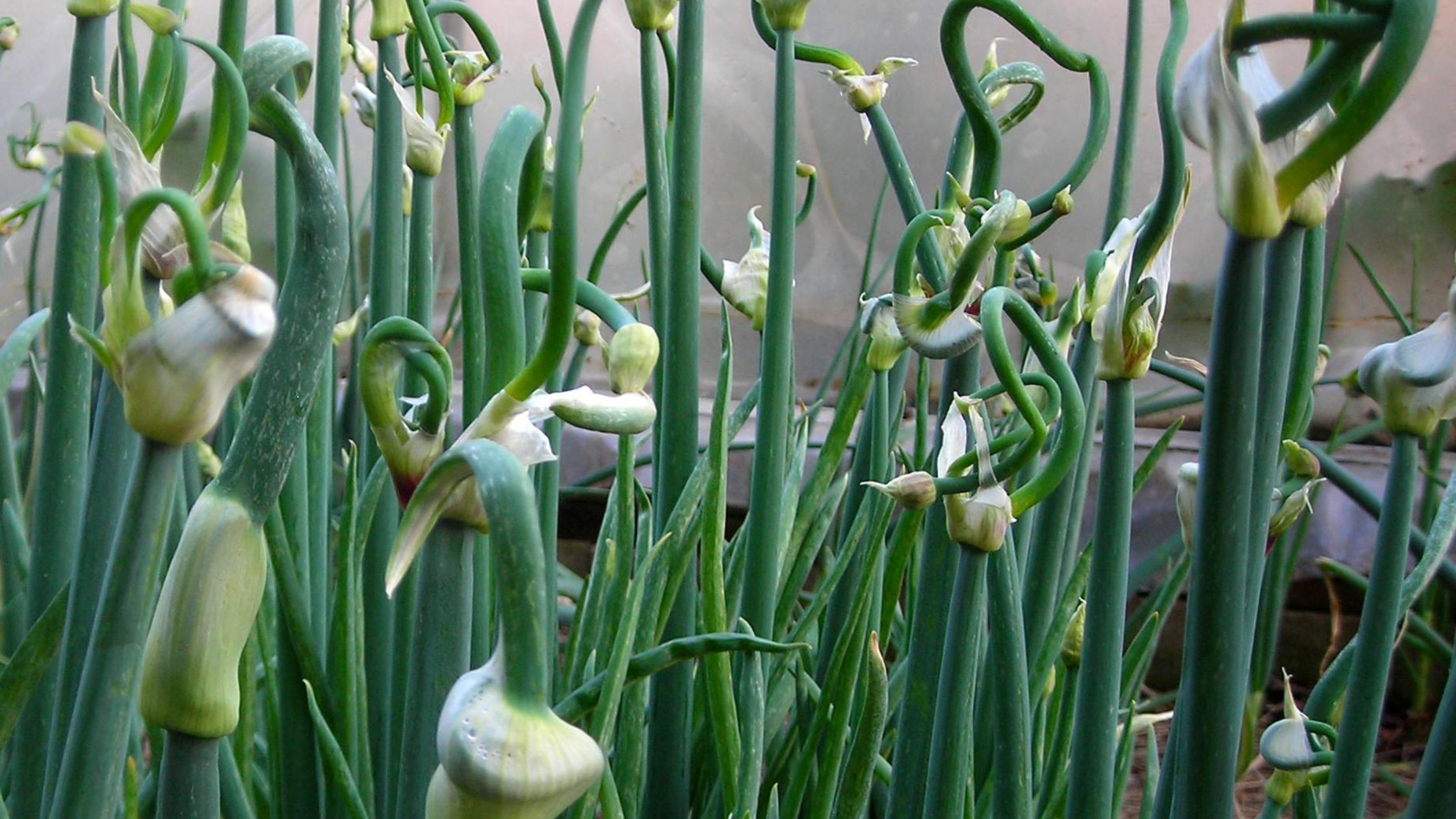 Perennial Vegetables
Perennial Vegetables
Unless you live in the tropics, perennial vegetables usually fall into two basic categories: cold hardy greens or members of the onion family. Asparagus is one of the tasty exceptions, its sweet shoots offer one of the earliest harvests of the season.
- Salad Burnet (4-8)
- Garden Sorrel (3-8)
- Asparagus (3-8)
- Egyptian Walking Onions (3-10)
- Bunching Onions (3-9)
- Potato Onions (3-9)
- Shallots (2-10)
To shop varieties of shallots, walking onions, and potato onions visit our perennial onion page.
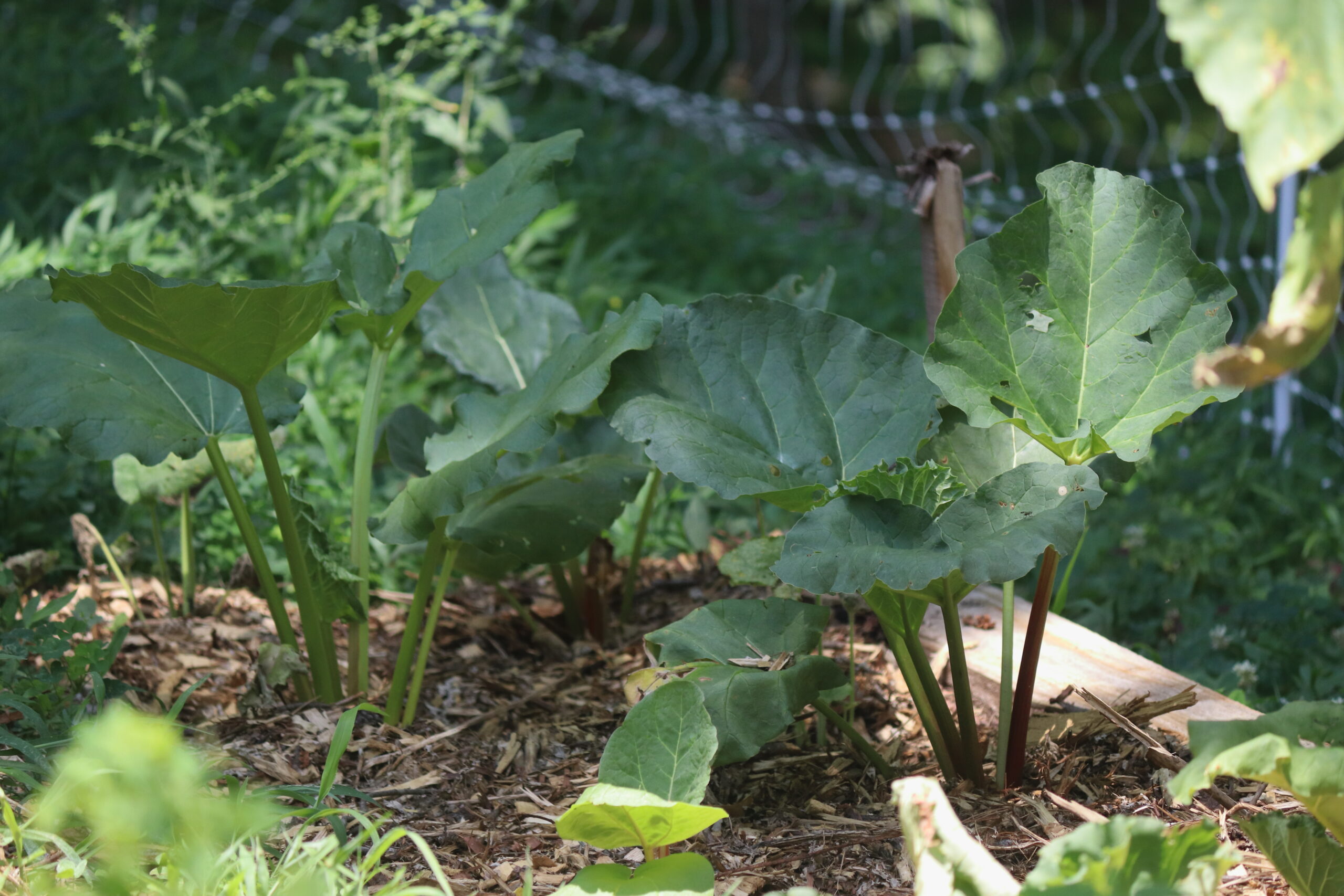
Perennial Fruit
There are many perennial fruit crops, but few grow reliably from seed. While you can plant an apple seed or a peach pit, your new tree may not produce a similar tasting fruit. Growing these crops from seed is also time consuming. They take many years to mature.
However, there is one “fruit” that’s easy to grow from seed. While not technically a fruit, people usually treat rhubarb as one, featuring it in crisps and sweet spring dishes.
If you’re on a mission to add more fruit to your garden, look around for neighbors and garden clubs selling or trading strawberry, raspberry, or blackberry starts. These are all easy to grow from the runners or shoots the plants put out and are another affordable way to expand your collection of perennials.

Perennial Culinary Herbs
Perennial herbs provide incredible, fresh flavor to dishes year after year. Some of these double as medicinal herbs and also make excellent teas, tinctures, and lozenges.
- Anise Hyssop (3-8)
- Chives (3-9)
- Garlic Chives (3-9)
- Fennel (6-10)
- French Tarragon (4-9)
- Lemon Balm (4-9)
- Loveage (3-10)
- Mexican Mint Marigold (8-10)
- Mint (3-8)
- Oregano (4-10)
- Rosemary (7-11)
- Sage (4-10)
- Sweet Woodruff (4-9)
- Thyme (5-9)

Perennial Medicinal Herbs
If you’re interested in herbal remedies, growing these perennial herbs is a great way to expand your practice. Some like catnip are so easy to grow you’ll need to keep them contained. Others like ginseng are woodland perennials that need special conditions to thrive.
- Catnip (3-9)
- Ginseng (3-8)
- Horehound (3-10)
- Mullein (3-9)
- Skullcap (2-8)
- St. John’s Wort (5-9)
- Valerian (4-9)

Flowers
Perennials are a great option for low maintenance, drought tolerant, flower beds and pollinator gardens. Many of these flowers are also edible and medicinal. Flowers like echinacea, yarrow, and lavender make excellent additions to teas and other herbal products.
- Bee Balm or Monarda (3-9)
- Butterfly Weed (3-9)
- Echinacea or Coneflower (3-9)
- Feverfew (5-9)
- Goldenrod (2-8)
- Lavender (5-9)
- Rudbeckia (3-9)
- Soapwort (3-10)
- Yarrow (3-9)
- Violas or Johnny-Jump-Ups (3-8)
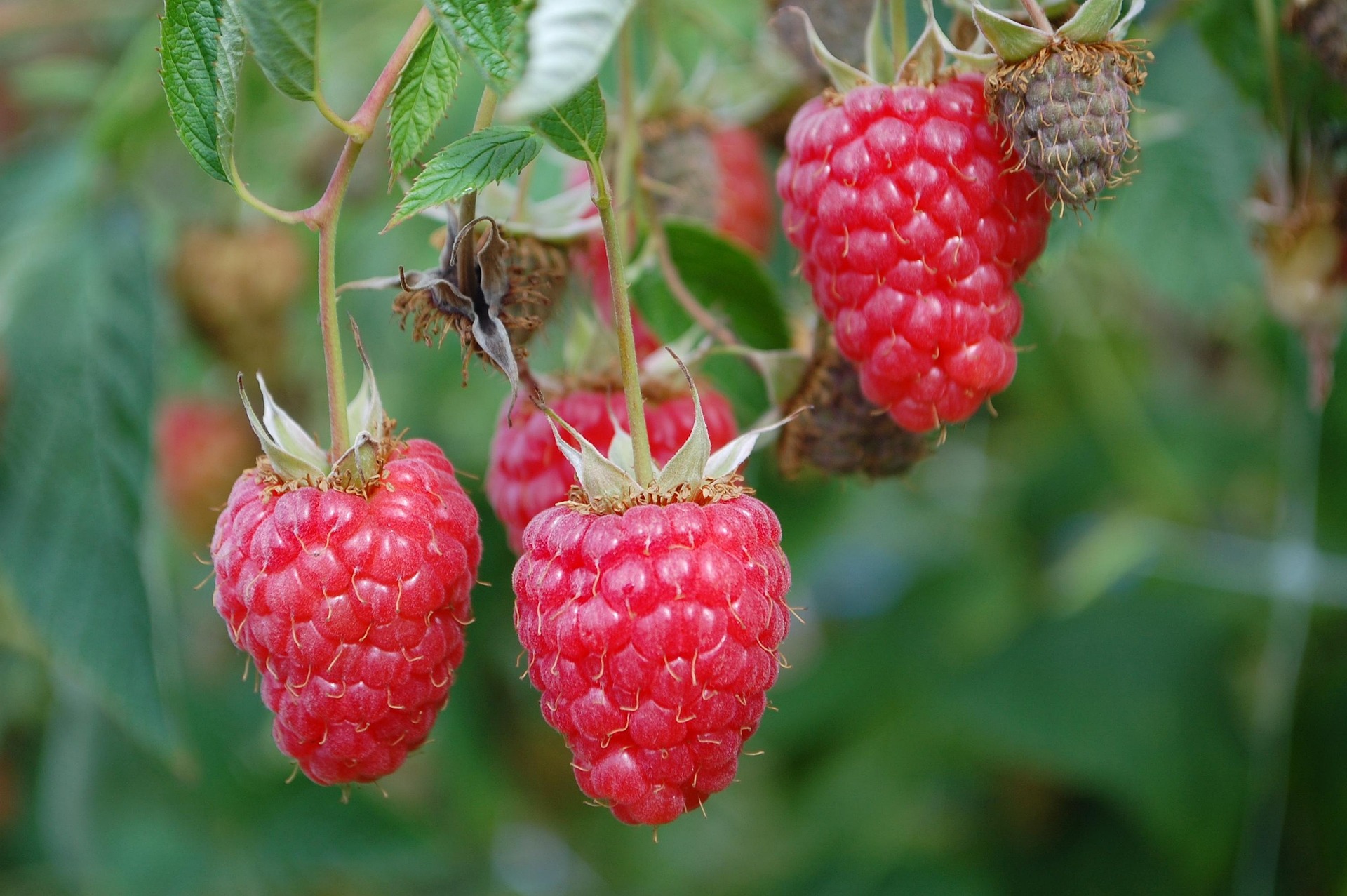 How Can I Get Other Perennials Affordably?
How Can I Get Other Perennials Affordably?
At Southern Exposure we specialize in seeds, but we know your gardens don’t stop there!
Unfortunately, larger perennials are the pricey parts of a garden. Depending on the age, size, and variety, perennial trees, shrubs, and vines can run anywhere from $20 to $200, especially once you take shipping into consideration.
To find the most affordable options, watch master gardeners and local organizations having sales or plant swaps near you. You can also connect with other gardeners through these organizations. Often, gardeners will share or swap cuttings, divisions, or shoots to help you get started. Crops that are easy to propagate or divide include figs, raspberries, strawberries, blackberries, daylilies, elderberries, and horseradish.
If you can’t find options near you, shop bare root perennials online. Organizations like the Arbor Day Foundation offer affordable options for starting fruit trees, shrubs, vines, and nut crops.


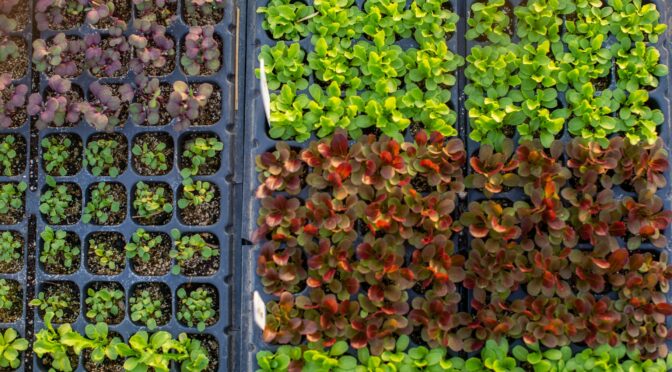
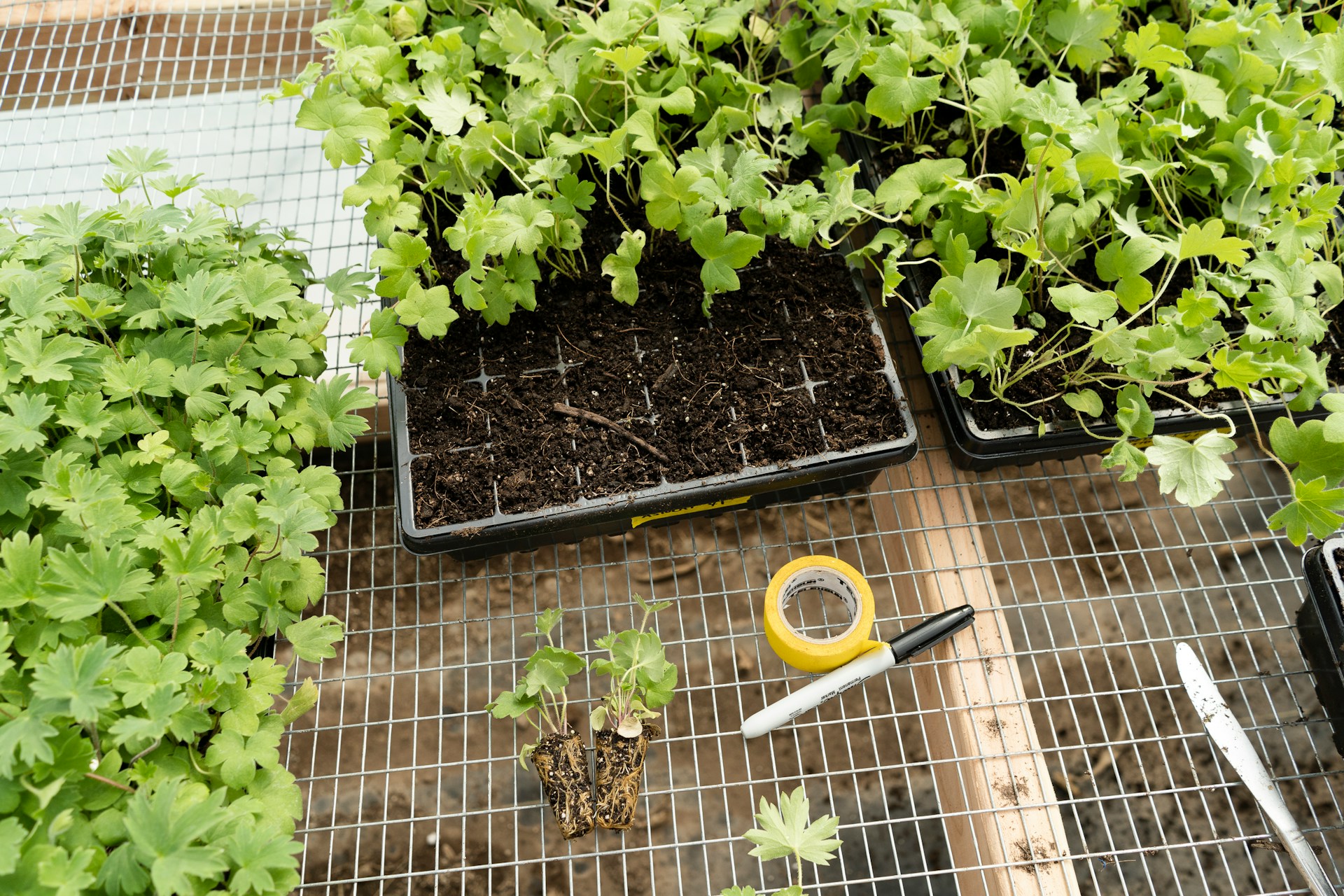 Supplies for Starting Seeds
Supplies for Starting Seeds 